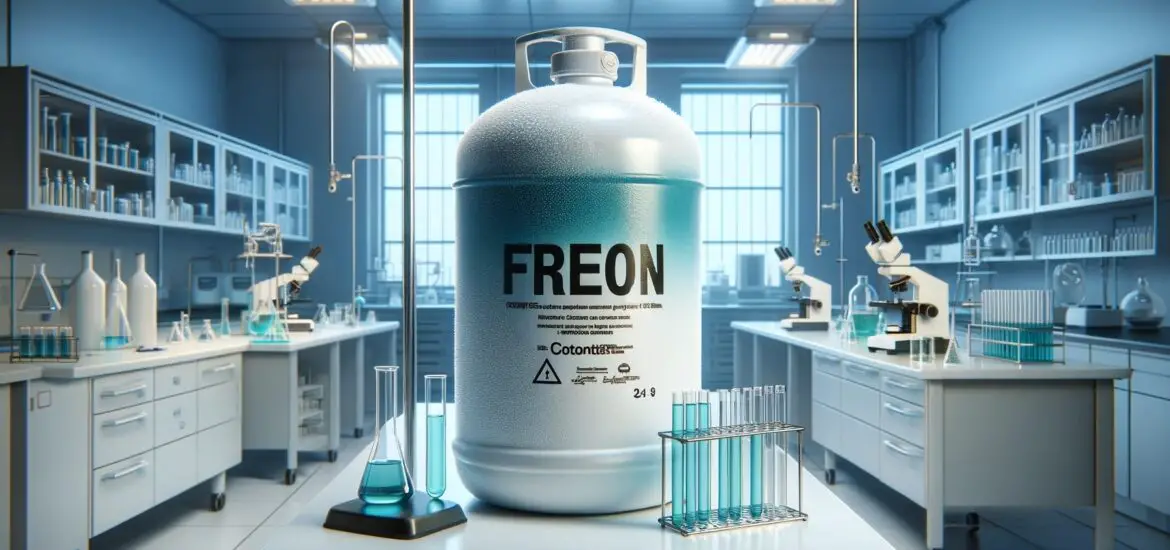How was Freon discovered you may wonder. Well, wonder no more because this article has the answer as we take a trip back in history.

Table of Contents
The Inception of Modern Cooling
The journey to understanding how freon was discovered starts with the early challenges in refrigeration. Before the 20th century, methods like ice harvesting and using natural coolants were common.
The industrial revolution, however, demanded more reliable and efficient methods. Early mechanical refrigeration systems emerged using substances like ammonia, sulfur dioxide, and even flammable hydrocarbons like propane.
While these substances were effective in cooling, they posed significant risks. Ammonia, for instance, was toxic and could be lethal if leaked. Sulfur dioxide was corrosive and propane was highly flammable.
These safety concerns drove the quest for a safer, more stable alternative. This led to the research and development that eventually resulted in the discovery of Freon.
How Was Freon Discovered?
In the 1920s, the search for a safer refrigerant led to the work of Thomas Midgley Jr., an American chemist. He worked under the auspices of General Motors and in collaboration with DuPont. Midgley’s goal was to create a non-toxic, non-flammable refrigerant suitable for household and industrial use.
After extensive research and experimentation, Midgley discovered a class of compounds called chlorofluorocarbons (CFCs). The first CFC he synthesized was dichlorodifluoromethane, later commercialized as Freon-12.
This discovery was groundbreaking, as it provided a much safer alternative to the hazardous refrigerants used at the time. Midgley’s work was not only a significant scientific achievement but also a commercial success. This led to the widespread adoption of CFCs in refrigeration and air conditioning systems.
The Chemical Composition of Freon
Freon is a term commonly used to describe a family of chlorofluorocarbons (CFCs). This compound is primarily made up of chlorine, fluorine, and carbon. The most commonly used form of Freon in the early days was R-12, with a chemical formula of CCl2F2.
The structure of CFCs, including Freon, makes them non-toxic, non-flammable, and chemically stable. These were the key reasons for their widespread adoption.
The presence of chlorine and fluorine atoms in the molecule is crucial. These atoms make the compound very stable, reducing its reactivity and flammability. This stability allowed Freon to circulate in refrigeration systems without degrading or posing a risk to users. The industry considered this a significant improvement over previous refrigerants.
However, it was this very stability that later contributed to environmental issues. It was later discovered that CFCs would not easily break down in the atmosphere.
The Impact of Freon on Refrigeration and Air Conditioning
The discovery of Freon revolutionized the refrigeration and air conditioning industries. Its non-toxic, non-flammable, and stable characteristics made it ideal for household and commercial use. This led to a boom in the production of refrigerators and air conditioning units.